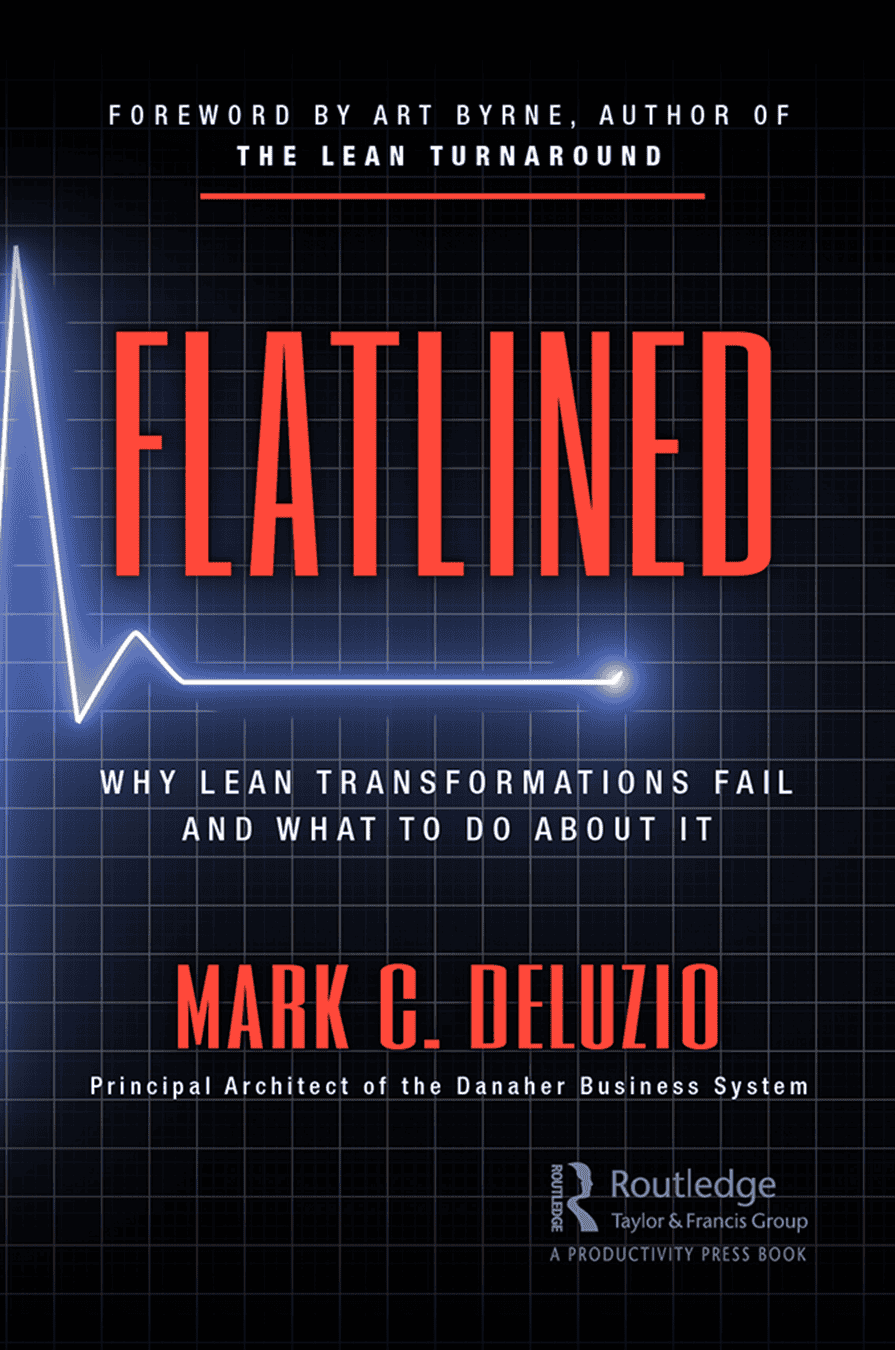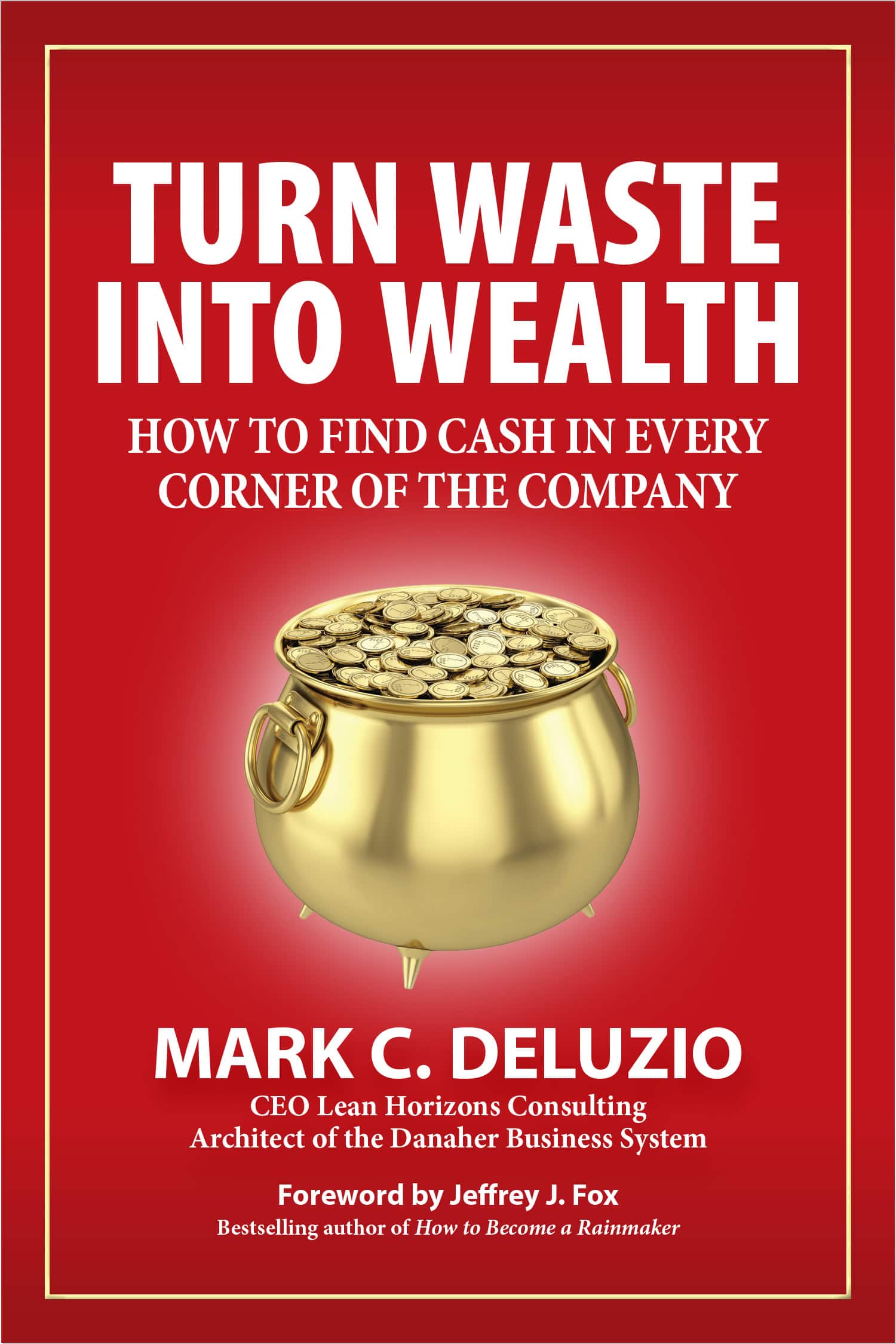Your profit might look great on paper, but it’s free cash flow that signals your company’s true financial health. After a company covers all its operating costs and invests in capital assets, free cash flow is what remains, and it is this cash that can be used to fuel growth, fund innovation, and reward shareholders.
Yet, free cash flow is often buried under more familiar metrics like net income or EBITDA. It rarely shows up in operational conversations, and when it does, it’s usually an afterthought. And when continuous improvement doesn’t connect to the flow of actual cash, it’s easy for leadership to dismiss it as entirely disconnected from the business strategy.
That disconnect creates a gap between tangible improvement efforts and executive priorities. While some are thinking about how to grow, invest, and generate cash, others are still talking in abstract terms like engagement and culture. The result? Critical conversations get missed, and continuous improvement stays on the sidelines.
This is where free cash flow as a percent of net income becomes a game-changer. It creates a common language between operations and finance functions, connects Lean to the bottom line, and shows exactly how working capital improvements translate into real financial impact.
Keep reading, and we’ll break down what this all means means, how it’s different from net income, and why it’s the Lean metric that will help you capture the attention of your leadership.
What Is Free Cash Flow, and Why Does It Matter?
Free cash flow (or FCF for short) is simply the amount of cash a business generates from its operations after accounting for capital expenditures (CapEx) and operational expenses. It’s a clear, unvarnished look at how much money is left over to reinvest, pay down debt, or return to shareholders.
This stands in contrast to net income, which is influenced by non-cash items like depreciation or temporary accounting treatments.
“Cash is, in fact, what makes a business run… Without cash, I can’t reinvest in the business.” — Mark DeLuzio.
For Lean organizations, free cash flow isn’t just a financial afterthought, it’s a performance metric. It reflects how well improvements in inventory, receivables, and payables translate into actual cash gains. And when viewed as a percentage of net income, it becomes a high-credibility number that resonates across the leadership table.
Our takeaway: true Lean success must be reflected in financial metrics that capture both operational and strategic gains — not just accounting figures.
Free Cash Flow vs. Cash Flow: What’s the Difference?
Once you understand why free cash flow matters, the next step is understanding what it actually is and what it isn’t.
People often confuse free cash flow with the oft-used term “cash flow” or operating cash. But while related, they’re not the same:
- Cash flow is a general term for all movement of money into and out of a business.
- Free cash flow, specifically, refers to operating cash flow minus capital expenditures, or what’s truly available for use.
That distinction matters. A company might show strong operating cash flow, but if it’s spending heavily on equipment, facilities, or other capital investments, the cash available for reinvestment, debt reduction, or shareholder returns could be far lower than it appears.
Free cash flow filters out that noise. It shows what’s truly left to grow and sustain the business — no accounting tricks, no inflated earnings, just real liquidity.
Understanding that difference sets the stage for what comes next: how Lean impacts working capital, how inventory turns directly affect free cash flow, and why using this metric creates the bridge between continuous improvement and financial leadership.
Free Cash Flow as a Lean Metric
Now that we’ve explored why free cash flow is so important, it’s crucial to understand how it connects to operational excellence. Free cash flow becomes especially powerful when you measure it as a percentage of net income. A ratio greater than 1.0 signals that your operations are not only profitable but also generating more cash than they report in earnings.
This is a sign of strong working capital discipline.
“Anything greater than 1.0 means that you’re moving your balance sheet, you’re moving your working capital accounts and improving your cash position.” — Mark DeLuzio
As companies focus on Lean principles to cut waste and streamline processes, they naturally start improving areas like inventory turns, customer payment speed, and supplier terms. When these Lean improvements show up in your free cash flow, it’s not just a theory. It’s a real, measurable financial impact.
Free cash flow becomes a mirror of your operational efficiency, showing you exactly how well your Lean initiatives are translating into better cash management. This is a key indicator of financial stability, and this ratio shows how well the business manages its working capital and turns operational improvements into cash.
In other words, “good” free cash flow doesn’t just cover day-to-day expenses. It indicates that the company is positioned for growth, reinvestment, and value creation. When Lean efforts translate directly into better cash flow, it confirms that operational improvements are driving financial outcomes, not just theoretical gains.
Lean Metrics That Actually Drive the Business
To see the true impact of Lean on free cash flow, focus on key metrics that directly affect working capital: inventory turns, receivables, and payables.
- Inventory Turns: Faster inventory turnover means less cash tied up in stock.
- Receivables: Quicker collections reduce the time it takes to turn sales into cash.
- Payables: Smarter supplier terms can delay payments without jeopardizing relationships.
These Lean metrics show whether operational improvements are driving tangible financial results. By tying Lean efforts directly to free cash flow, you prove to leadership that continuous improvement is a core part of financial strategy and company vision, not just an operational nicety.
Bringing Lean Practices to the Bottom Line
As the bridge between operational efficiency and financial outcomes, free cash flow offers clear insights into how Lean improvements are truly paying off. By focusing on key metrics like inventory turns, receivables, and payables, businesses can directly connect Lean efforts to bottom-line results, providing leadership with the data that matters most.
With a solid understanding of how to increase free cash flow of your organization, it’s easier to demonstrate how these Lean principles are centered on sustainable growth and financial stability. When continuous improvement is directly linked to free cash flow, it gives change-makers the clarity and credibility needed to gain leadership’s long-term buy-in — unlocking resources and enterprise-wide support that might otherwise remain out of reach.

